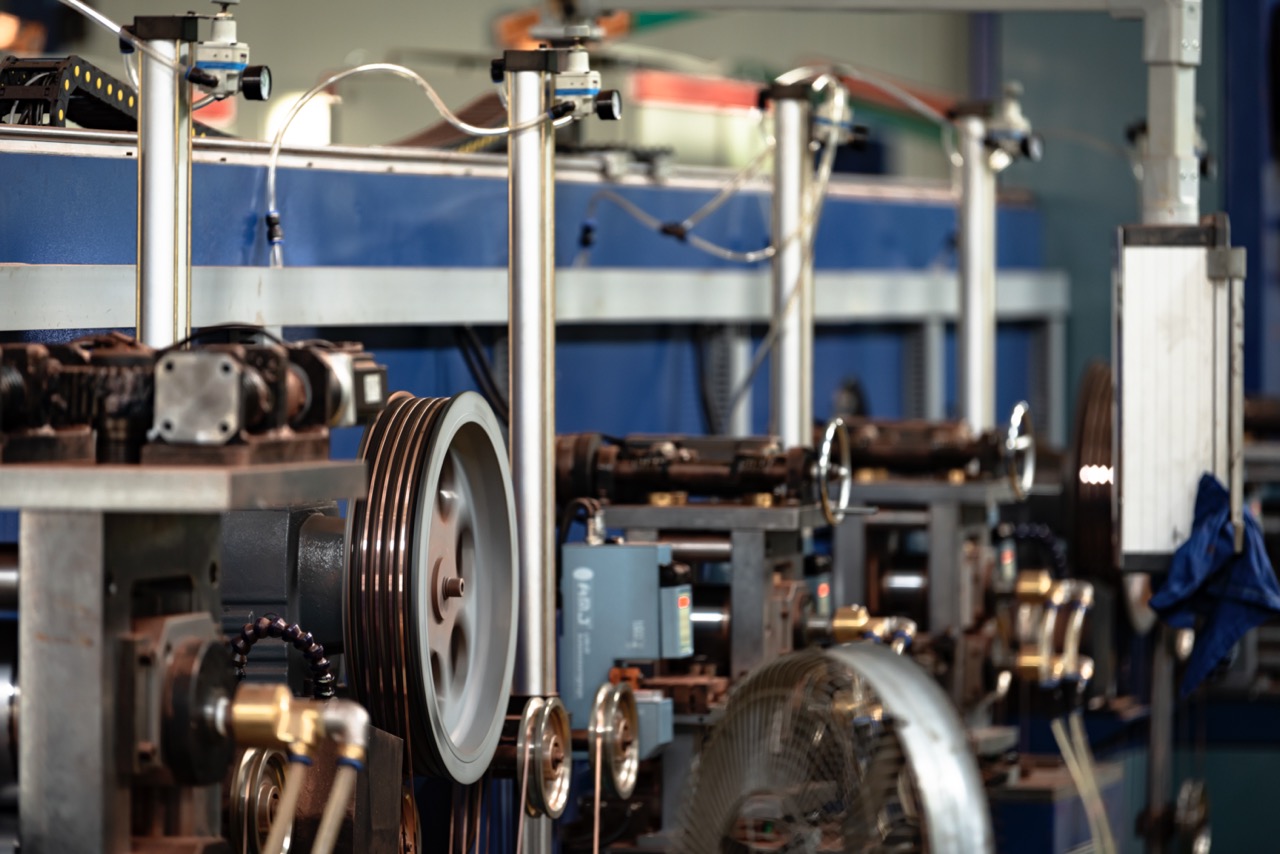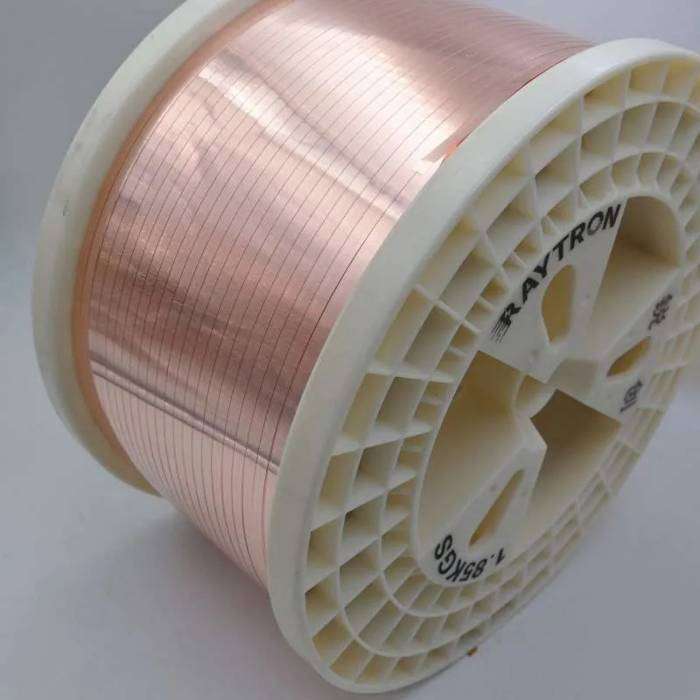Copper clad aluminum strip in production and useAvoid "exposed copper"(i.e. the aluminum substrate is exposed) is a very critical quality control point. Exposed copper will lead to poor conductivity, unstable welding, easy corrosion, and seriously affectPhotovoltaic welding ribbonperformance and component life.
Here are some tips to avoidCopper clad aluminum stripKey points to note for “copper exposure”:
1. Key points of production process control
1. Copper layer thickness control
- reason:The copper layer is too thin (especially at the edge), which may lead to copper exposure due to subsequent rolling or slitting.
- suggestion: Depending on the end product application, the copper layer thickness needs to be controlled at ≥ 5μm, 8~12μm is recommended.
- Control method: Use continuous coating or electroplating + calendering combination process to ensure uniformity.
2. Rolling uniformity
- When rolling in multiple passes, it is necessary to ensure that the distribution of the pressing amount is reasonable.Prevent excessive thinning of the edge copper layer
- Use precision 20-roll mill, high roll grinding accuracy to ensure uniform pressure
3. Strong copper-aluminum bond
- Use diffusion bonding or hot-rolled alloy layer method to avoid "copper peeling" due to weak bonding
- Pay special attention to the edge joint area, there should be no interlayer, delamination or bubbles
2. Precautions for slitting process
1. Knife sharpness
- If the slitting blade is blunt, it will "tear" the copper layer during the cutting process, resulting in copper exposure at the edge.
2. Tension control
- When the tension is too great, the copper layer will be stretched and peeled off.
- Especially for small-sized products, a constant tension control system is required to protect the integrity of the edges.
3. Surface treatment process control
1. Cleaning process
- Do not use corrosive liquids to clean the surface to prevent corrosion of the copper layer and partial aluminum exposure.
2. Tin plating
- If tin plating is used, the pre-treatment must be clean and the plating must be uniform to avoid the copper layer being "eaten through"
4. Storage, transportation and subsequent processing precautions
1. Avoid scratches
- The copper layer is relatively soft. If it is scratched during transportation or processing, the aluminum substrate will be directly exposed.
- Dust-free gloves, cushioning materials, anti-scratch films, etc. must be used
2. Avoid oxidation corrosion
- The exposed copper part is very easy to oxidize, resulting in poor welding
- So dry storage + sealed packaging + moisture-proof paper or desiccant is required
Summary: The key to preventing copper-clad aluminum strip from exposing copper
- Copper LayerSufficient and uniform thickness
- Strong copper-aluminum bond
- The slitting equipment is of high precision and the knives are sharp
- Subsequent processing and storagePay attention to anti-scratch, moisture-proof and anti-oxidation

